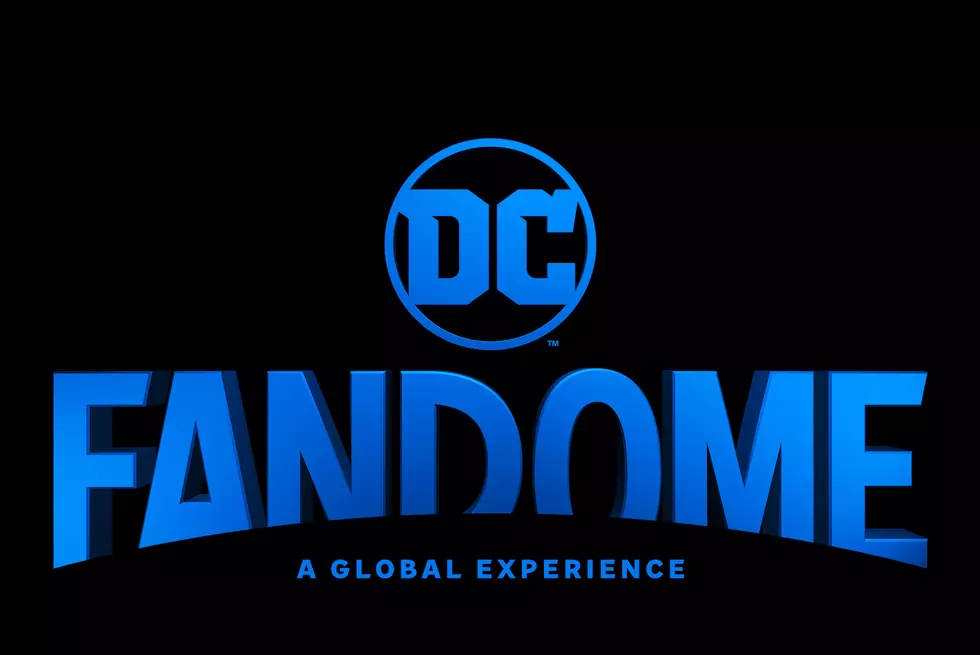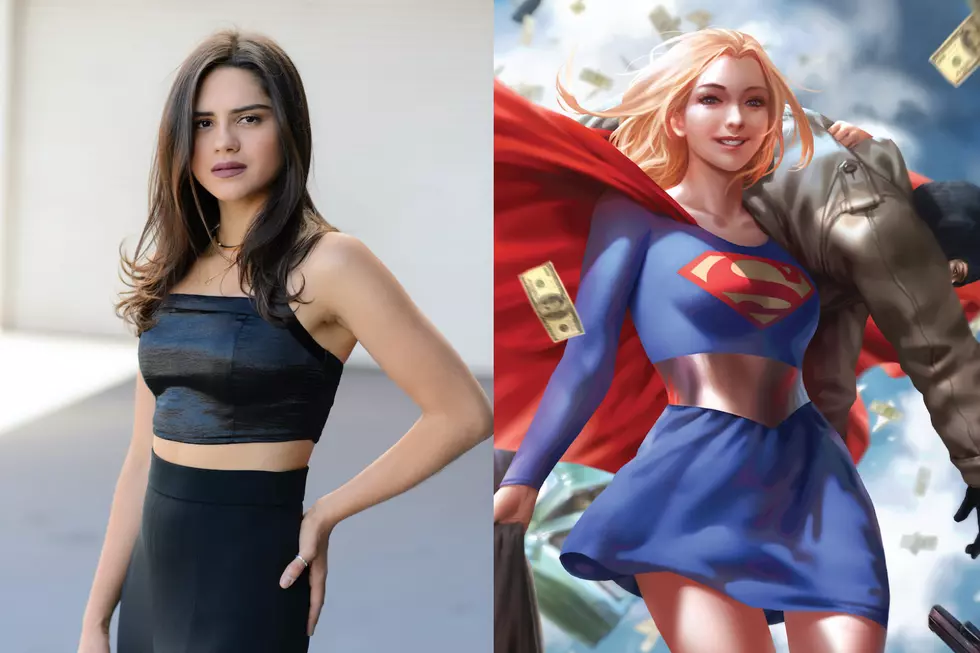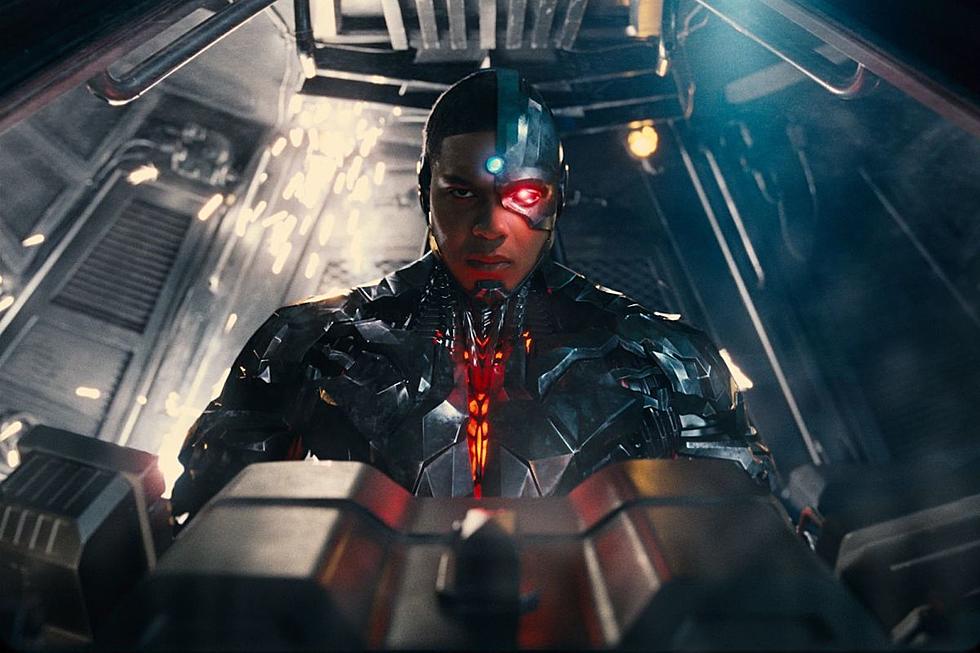
54 Years Ago: ‘Flash of Two Worlds’ Really Did Change Everything for Comics
As the genre of superhero comics has become increasingly event-driven over the last thirty years, the need to push each event as more important than the last has increased with it. Every new event promises, somehow with a straight face, that “nothing will ever be the same again.”
There are, in fact, comics that actually affect everything that comes after them one way or another — Action Comics #1, Amazing Fantasy #15, Uncanny X-Men #132 — but they rarely come with much fanfare, or with empty and overreaching promises. One such comic debuted on this day in 1961: Flash vol 1 #123, “The Flash of Two Worlds.”
“The Flash of Two Worlds,” written by Gardner Fox and drawn by Carmine Infantino with undoubtedly considerable plot input by editor Julius Schwartz, was the story in which the Flash of the time, Barry Allen, met and teamed up with the first Flash from twenty years before, Jay Garrick.
By establishing that the two Flashes lived on two different Earths separated by vibrational frequency — later termed Earth-One and Earth-Two — a simple story that was otherwise a fairly typical three-acts-with-a-frame-story Gardner Fox joint introduced to the superhero genre the concept of a multiverse, which has become nearly as indispensable to the genre as masks and radiation.
Ironically, the origin of these weighty consequences was little more than a joke. At the time, artist Carmine Infantino would try to stump Schwartz and Flash writers Fox and John Broome by drawing increasingly implausible tableaux on his covers, challenging them to craft stories that would make sense out of the scenarios presented thereon. Infantino thought there was no way Schwartz could create a situation in which two formerly unrelated Flashes would appear next to each other. Challenge accepted, obviously, and surmounted with flying colors.
In the immediate term, the effects of Flash #123 were that DC now had a device to reintroduce their Golden Age characters, first in the pages of the Flash and Green Lantern and then in the annual team-ups between the Justice League of Earth-One and the Justice Society of Earth-Two. DC soon introduced even more earths, including Earth-Three, where evil was good and the Crime Syndicate ruled the roost, and Earth-X, where Nazis won World War II and only Uncle Sam and his Freedom Fighters would stand up to them.
In the longer term, there would soon be so many Earths that it literally caused a crisis for DC. The 1985 maxi-series Crisis on Infinite Earths would see the multiverse collapse into a single universe in an attempt to streamline DC's continuity and become more accessible to new readers.
But the multiverse wouldn't die: the 2005 mini-series Infinite Crisis and its follow-up series 52 would see the restoration of the multiverse (though limiting it to merely 52 worlds this time).
Meanwhile, the competition across the street at Marvel was no stranger to the concept of the multiverse either, whether it be the world of the Squadron Supreme, the alternate future of “Days of Future Past,” the Nexus of Worlds guarded by the Man-Thing, the multiversal Captain Britain Corps, or even the modernized world of the Ultimate Universe.
Each of the two major publishers have seemingly embraced the idea of a multiverse, with the concept being at the center of such events as Convergence, Secret Wars, and, of course, Multiversity.
But it didn't start with an event. It started with one little comic. And Flash #123 was the humble acorn from which a mighty, infinitely-branched oak grew.
Check Out Some Strange and Surprising DC Comics Facts
More From ComicsAlliance









